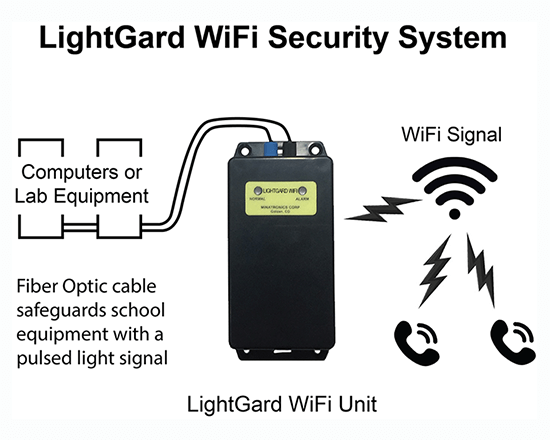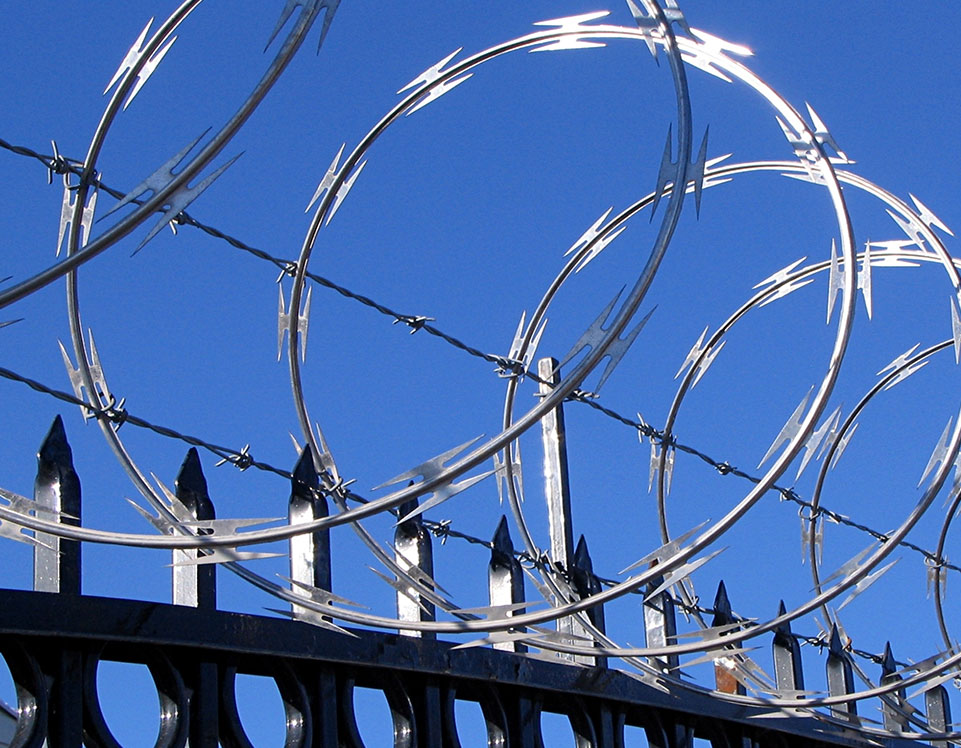Why a Fiber Security System Outperforms Traditional Security Networks
Why a Fiber Security System Outperforms Traditional Security Networks
Blog Article
Why Fiber Optic Safety And Security Systems Are the Future of Security
The shift to fiber optic safety and security systems notes a substantial advancement in the realm of defense, driven by their exceptional information transmission capabilities and strength to external disturbances. As the landscape of safety advances together with arising modern technologies such as AI and IoT, the potential for fiber optics to boost and redefine safety facilities comes to be progressively noticeable.
Benefits of Fiber Optic Solutions
Among the key benefits of fiber optic systems is their superior bandwidth ability, which helps with the transmission of large quantities of information over lengthy distances without substantial loss. This particular is particularly beneficial for security applications that need the continual monitoring and transfer of high-definition video feeds, sensor information, and various other critical info. Fiber optics can accommodate the growing needs of modern protection systems, guaranteeing that data remains intact and trusted.
In addition, fiber optic cables are less vulnerable to electro-magnetic disturbance, which can be a considerable concern in environments with different digital tools. This resistance boosts the integrity of the data being transferred, consequently reducing the threat of data violations or system failings. Fiber optic systems are inherently extra safe and secure than traditional copper cables, as tapping right into a fiber optic line without discovery is exceptionally challenging.
The durability of fiber optic wires also adds to their charm. They are immune to environmental elements such as wetness and temperature level changes, minimizing upkeep expenses and raising system longevity. In general, these advantages position fiber optic systems as a durable and effective selection for modern-day safety and security frameworks, making sure trustworthy and safe and secure information transmission.
Improved Information Transmission Speed

The capacity to transfer vast amounts of information rapidly facilitates the seamless combination of high-def video feeds and progressed analytics. Safety systems can currently process and assess information in real-time, enhancing action times and situational understanding. Furthermore, fiber optic links support longer transmission ranges without deterioration of signal quality, making them perfect for extensive protection networks.
The enhanced rate of fiber optic systems not just improves the efficiency of security procedures however likewise lowers latency. This is specifically important in vital situations where prompt decision-making can protect against safety and security breaches or mitigate potential hazards. As companies proceed to prioritize security and efficiency, the demand for quick and trusted information transmission will unquestionably solidify fiber optic systems as a foundation of modern-day find out protection facilities.
Resistance to Interference
Fiber optic safety and security systems regularly demonstrate phenomenal resistance to electromagnetic disturbance, a crucial advantage in settings prone to electronic noise. Unlike conventional copper cords, which can be adversely influenced by magnetic fields, superhigh frequency interference, and other types of electric disruption, fiber optic cables use light to transmit information. This inherent residential property ensures that the signals remain clear and unchanged, despite surrounding digital task.
Using glass or plastic fibers in fiber optic technology creates a barrier against interference, allowing for reputable information transmission also in tough situations such as industrial centers, metropolitan areas with high digital web traffic, or locations near radio towers. This particular dramatically minimizes the probability of signal destruction or loss, making fiber optic systems especially appropriate for protection applications where stability and precision of data are paramount.
Additionally, this resistance to interference boosts the general efficiency and integrity of safety systems, making sure that monitoring and alert systems work seamlessly. In a world where protection is significantly endangered by advanced modern technologies, the resilience of fiber optic systems stands apart as an essential feature, enhancing their condition as a necessary element of modern safety and security infrastructure.
Cost-Effectiveness Over Time
Significant price financial savings can be attained in time with the execution of fiber optic security systems. While the preliminary investment may seem higher compared to typical copper-based systems, the lasting economic benefits emerge via minimized operational and upkeep costs (fiber security). Fiber optic cords are naturally more sturdy and less prone to environmental elements, which equates to lower replacement and fixing expenses over their life expectancy
Furthermore, fiber optic systems require much less power to run, which even more decreases energy prices. Enhanced data transmission capacities enable site web for less repeaters and amplifiers, minimizing devices financial investment and improving installment procedures. The scalability of these systems also adds to cost-effectiveness, as companies can increase their safety and security facilities without sustaining substantial additional expenses.
One more variable to take into consideration is the enhanced performance in monitoring and feedback capabilities that optical fiber offer. Improved real-time data transmission can lead to quicker case feedback times, potentially mitigating losses and obligations connected with safety and security breaches. In sum, the lasting benefits of fiber optic safety and security systems not just justify the first expense yet also position them as a financially prudent option for organizations seeking durable security solutions.

Future Advancements in Safety
Progressing technologies are established to transform security systems, incorporating expert system (AI) and artificial intelligence to enhance hazard discovery and response capacities. These innovations will enable protection systems to analyze large amounts of information in real-time, recognizing patterns and anomalies that suggest prospective hazards. This positive approach will allow faster decision-making and much more efficient case responses.
Additionally, the incorporation of the Internet of Things (IoT) is leading the way for interconnected safety devices, offering detailed surveillance and tracking. Smart sensing units can pass on information about environmental modifications, while automated alerts can notify safety and security employees promptly of dubious activities.
Moreover, the development of biometric innovations will certainly even more reinforce security systems. Face acknowledgment, finger print scanning, and retina identification are becoming extra advanced, offering layers of verification that are hard to bypass.
Final Thought
Finally, fiber optic protection systems stand for a significant development in security innovation, supplying unmatched information transmission rate, resistance to electro-magnetic interference, and lasting cost-effectiveness. As the need for innovative protection services continues to grow, the combination of optical fiber with arising innovations such as AI, IoT, and biometrics will additionally improve safety and check my source security frameworks (fiber security). The mix of these advancements will make sure a more safe and receptive atmosphere, strengthening optical fiber as a keystone of future safety and security systems
Report this page